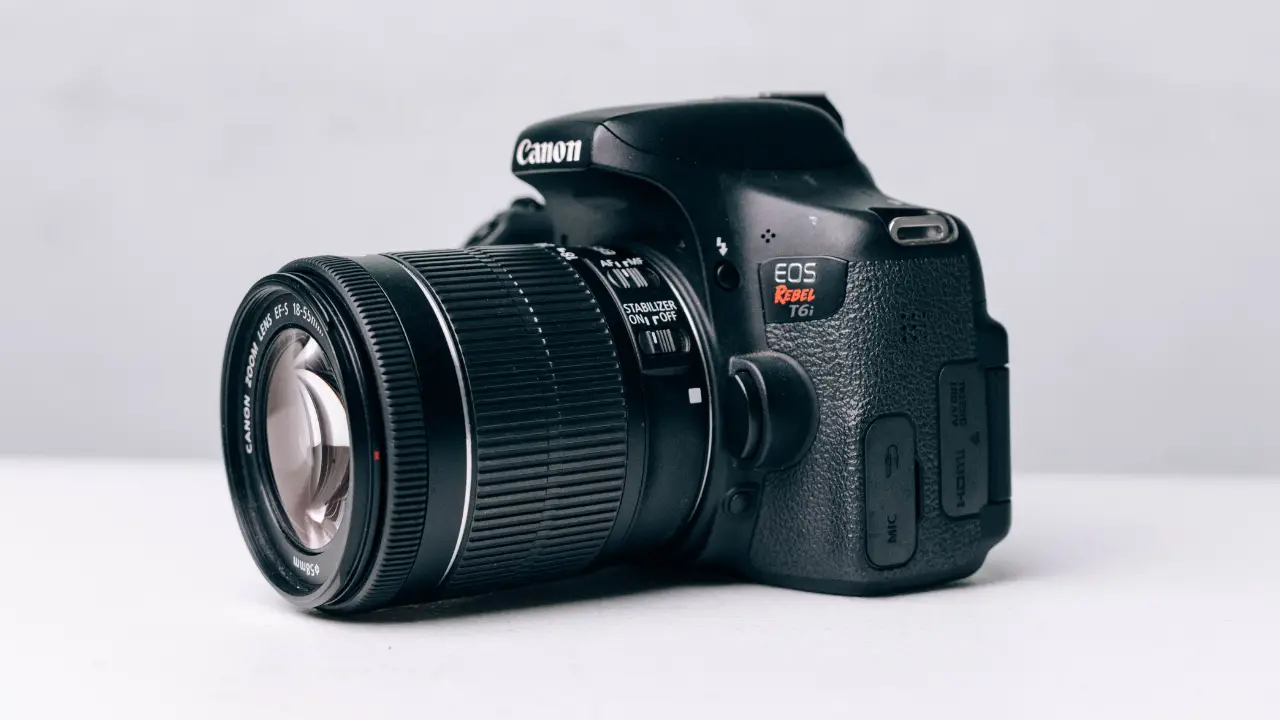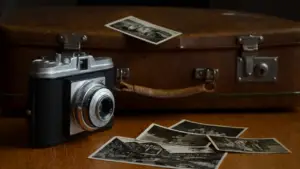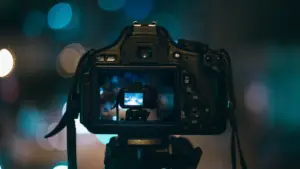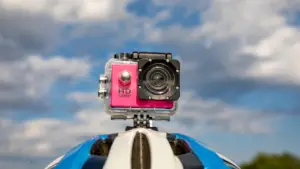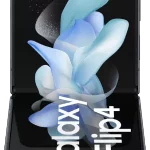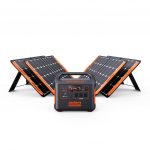Dental photography is a specialized field that captures detailed images of the teeth, gums, and oral structures. It plays a crucial role in dentistry for documentation, treatment planning, and communication with patients. With advancements in technology, dental photography has become easier and more accessible than ever before.
When it comes to dental photography, having the right equipment is essential. A dental camera is designed to capture high-quality images of the intricate details inside the mouth.
Table of Contents
What to look for in a dental camera
When it comes to choosing the best camera for dental photography, there are a few key factors to consider. First and foremost, you want a camera that offers high image quality and resolution. Dental photography requires capturing intricate details, so having a camera with a high megapixel count will ensure that every minute aspect is captured with precision.
Another important feature to look for in a dental camera is the ability to attach different lenses. A macro lens is handy in dental photography as it allows for extreme close-up shots of teeth and gums.
This level of detail is essential for accurately diagnosing and documenting oral conditions. Lighting is crucial in any photography, and dental photography is no exception.
Look for a camera that has good low-light performance and allows you to adjust the exposure settings easily. Additionally, consider investing in a ring flash or an external flash unit specifically designed for dental photography.
These accessories can provide even illumination, reducing shadows and enhancing the overall quality of your images. In terms of ergonomics, it’s important to choose a camera that feels comfortable in your hands during long hours of shooting.
You may also want to consider the camera’s weight if portability is a concern. Don’t forget about connectivity options when selecting your dental camera.
Having Wi-Fi or Bluetooth capabilities can make it easier to transfer images directly to your computer or mobile device for quick editing or sharing with colleagues. By keeping these factors in mind while searching for the best camera for dental photography, you’ll be well-equipped to capture stunning images that showcase intricate details with outstanding clarity and accuracy.
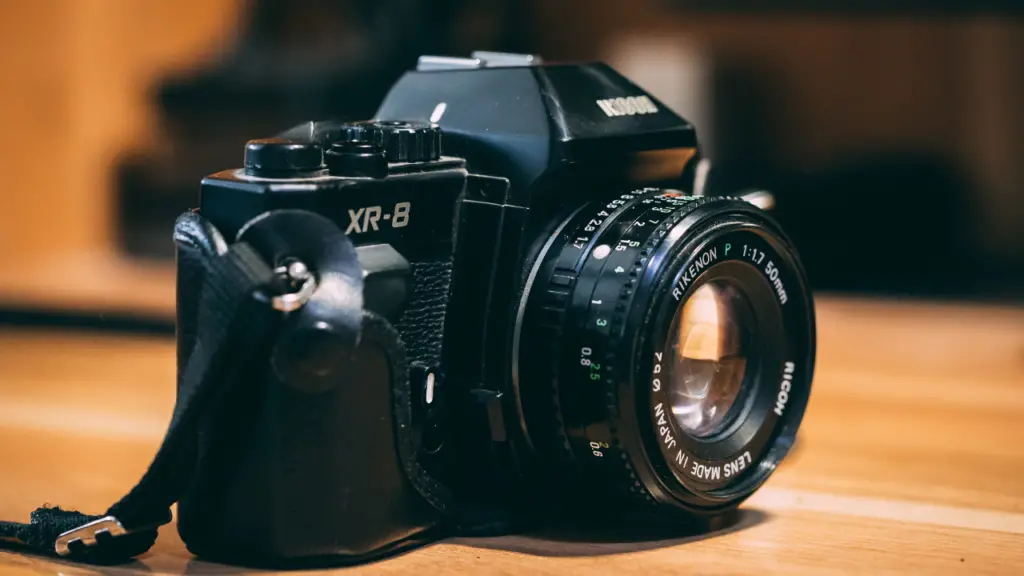
Best mirrorless camera for dental photography
When it comes to the best mirrorless camera for dental photography, there are a few top contenders that are worth considering. One of the top choices is the Sony A7R III. This camera boasts a 42.4-megapixel full-frame sensor, allowing for incredibly detailed images of teeth and gums.
It also has excellent low-light performance, which is crucial when working in a dental office with limited lighting. Another great option is the Fujifilm X-T3.
This mirrorless camera offers a high-resolution 26.1-megapixel APS-C sensor, delivering sharp and vibrant images. It has advanced autofocus capabilities, making it easier to capture precise shots of teeth with minimal effort.
The Olympus OM-D E-M10 Mark III is an excellent choice for those on a tighter budget. Despite its smaller Micro Four Thirds sensor, this camera still produces impressive image quality for dental photography.
It offers in-body image stabilization to help eliminate any shake or blur from hand movements. When using any mirrorless camera for dental photography, investing in a good macro lens that can capture fine details up close is important.
A lens with a focal length between 90mm and 105mm is ideal for capturing close-up shots of teeth and oral structures. Additionally, consider adding a ring flash to your setup.
A ring flash provides even illumination around the subject without casting harsh shadows. This type of lighting is particularly useful in dental photography as it helps highlight all the tiny details and textures within the mouth.
When choosing the best mirrorless camera for dental photography, look for features like high resolution, good low-light performance, advanced autofocus capabilities, and compatibility with macro lenses and ring flashes. These factors will ensure you can capture stunning images that showcase every aspect of your patient’s oral health with clarity and precision.
Top 5 Best Cameras for Dental Photography
When it comes to selecting the best camera for dental photography, there are several options that stand out from the rest. These cameras have been tried and tested by professionals in the field and have consistently delivered outstanding results.
Nikon D500
When it comes to finding the best camera for dental photography, the Nikon D500 is a contender worth considering. Known for its exceptional image quality and advanced features, this camera is a favorite among professionals.
One of the standout features of the Nikon D500 for dental photography is its impressive autofocus system. With 153 focus points, including 99 cross-type sensors, you can be confident that your subject will always be sharp and focused.
This is especially important when capturing intricate details and fine textures in dental images. In addition to its autofocus capabilities, the Nikon D500 also boasts a high-resolution sensor that delivers stunning image quality.
With 20.9 megapixels and excellent low-light performance, you can capture clear, detailed dental photographs even in challenging lighting conditions. When it comes to macro photography, which is often necessary for dental imaging, the Nikon D500 does not disappoint.
Paired with a high-quality macro lens, such as the Nikon AF-S DX Micro-NIKKOR 85mm f/3.5G ED VR lens or any other compatible option, you can capture incredibly detailed close-up shots of teeth and other structures within the oral cavity. To ensure proper illumination during dental photography sessions, using a ring flash is essential.
The good news is that the Nikon D500 supports external flash units, allowing you to easily attach a ring flash or other compatible lighting equipment to achieve optimal lighting conditions for your shots. In terms of handling and ergonomics, the Nikon D500 offers a solid build with a comfortable grip and intuitive controls.
Canon EOS 7D Mark II
When it comes to finding the best camera for dental photography, the Canon EOS 7D Mark II is a popular choice among professionals. This camera boasts a 20.2-megapixel APS-C CMOS sensor that delivers exceptional image quality.
It also has a powerful DIGIC 6 processor, allowing for quick and seamless performance. One of the standout features of the Canon EOS 7D Mark II for dental photography is its impressive autofocus system.
With 65 cross-type AF points, this camera accurately focuses on even the tiniest details in your dental shots. Whether you’re capturing close-ups of teeth or intricate dental procedures, the autofocus system will keep your images sharp and clear.
In addition to its superb autofocus system, the Canon EOS 7D Mark II offers a high continuous shooting speed of up to 10 frames per second. This is particularly useful when taking photos during fast-paced dental procedures or capturing multiple shots in rapid succession.
You won’t miss any crucial moments with this camera. Another advantage of using the Canon EOS 7D Mark II as a dental camera is its compatibility with various lenses.
Pairing it with a macro lens will allow you to capture incredibly detailed images of teeth and gums, ensuring an accurate representation of dental conditions. Additionally, using external lighting like ring flashes can enhance your results by providing even illumination and reducing shadows.
When it comes to durability, this camera stands strong with its robust build quality and weather-sealed body. Dental environments can sometimes involve water splashes or other challenging conditions, but you can trust that the Canon EOS 7D Mark II will withstand them without any issues.
Overall, the Canon EOS 7D Mark II offers a powerful combination of features, making it an excellent choice for dental photography enthusiasts and professionals. Its advanced autofocus system, high-speed shooting capabilities, lens compatibility options, and durability make it a reliable tool for capturing stunning dental images with exceptional detail.
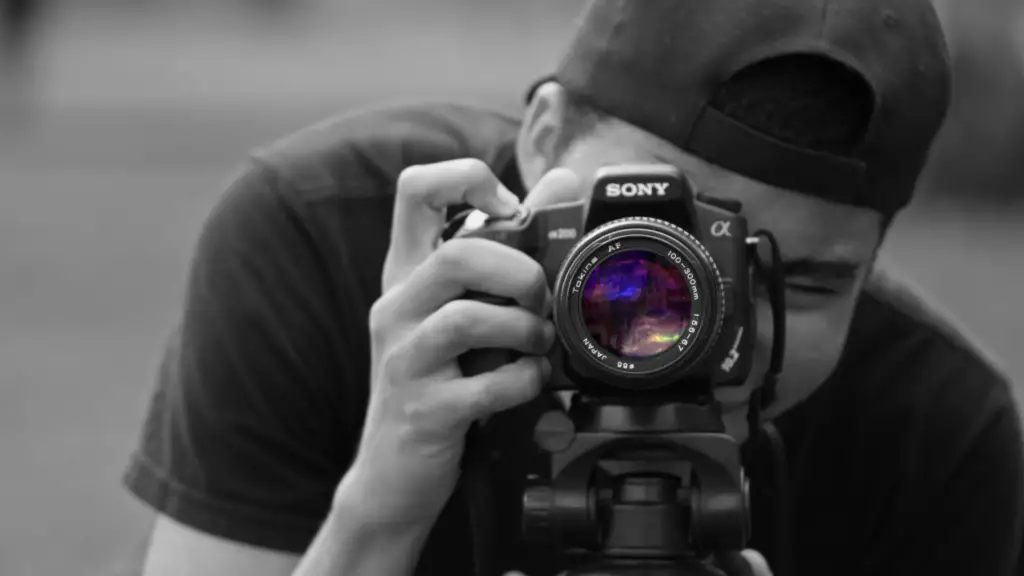
Nikon D750
The Nikon D750 is a powerhouse camera that offers excellent features for dental photography. With its 24.3-megapixel full-frame sensor, this camera produces high-resolution images with stunning detail and clarity.
In dental photography, capturing intricate details is crucial; the D750 delivers on this front. One of the standout features of the Nikon D750 is its impressive low-light performance.
This is especially important in a dental setting where lighting conditions can vary. Whether you’re taking photos of a patient’s teeth during a routine check-up or capturing images for documentation purposes, the D750 ensures that you can achieve well-exposed shots even in challenging lighting situations.
In addition to its great low-light capabilities, the Nikon D750 also excels in autofocus performance. When working with a macro lens to capture close-up shots of teeth or oral structures, fast and accurate autofocus is essential.
The D750’s advanced 51-point autofocus system ensures precise focus on even the tiniest details. Regarding ergonomics and handling, the D750 doesn’t disappoint either.
Its sturdy build and comfortable grip make it easy to handle during long dental photography sessions. The camera’s tilting LCD screen allows you to easily frame your shots from different angles without straining your neck or back.
To further enhance your dental photography experience, you can pair the Nikon D750 with compatible accessories such as a macro lens and ring flash. A macro lens enables you to capture extreme close-ups with exceptional sharpness and detail, while a ring flash provides even illumination for those tricky intraoral shots.
Overall, if you’re looking for an excellent all-around camera for dental photography, the Nikon D750 should be on your radar. Its superb image quality, low-light performance, autofocus capabilities, and ergonomic design make it one of the best cameras in its class for capturing detailed dental images that truly impress both patients and professionals alike.
Canon 5D Mark IV
When it comes to dental photography, the Canon 5D Mark IV is a standout choice. This full-frame DSLR camera offers exceptional image quality and performance, making it a favorite among professional dentists and dental photographers. One key feature that sets the Canon 5D Mark IV apart is its impressive 30.4-megapixel sensor.
This high-resolution sensor allows for incredibly detailed images, capturing even the smallest nuances in dental work. Whether you’re photographing close-up shots of teeth or capturing full-mouth images, the Canon 5D Mark IV delivers sharp and crisp results.
To further enhance your dental photography experience with the Canon 5D Mark IV, you can pair it with a dedicated macro lens. A macro lens is essential for capturing intricate details in dental work, such as cracks, fillings, or crown margins.
With a macro lens attached to your Canon 5D Mark IV, you can achieve stunning close-up shots that showcase every minute aspect of your subject. Lighting also plays a crucial role in dental photography, and here too, the Canon 5D Mark IV shines.
The camera’s excellent low-light capabilities make it ideal for working in challenging lighting conditions often found in dental offices. Additionally, when combined with external lighting equipment such as a ring flash or dedicated dental flash unit, you can always ensure consistent and well-lit photos.
The Canon 5D Mark IV also boasts advanced autofocus capabilities that excel at tracking subjects accurately and swiftly. This feature is handy when photographing patients moving or shifting during procedures.
With fast and precise autofocus, you can capture sharp images without missing critical details. Furthermore, this camera offers various shooting modes and customizable settings to suit different shooting scenarios.
Whether you’re photographing intraoral shots or documenting procedures from a distance, the versatility of the Canon 5D Mark IV ensures that you have all the necessary tools to achieve professional-quality dental images. The Canon 5D Mark IV is undoubtedly one of the best cameras for dental photography.
Its high-resolution sensor, compatibility with macro lenses, exceptional low-light performance, and advanced autofocus capabilities make it a go-to choice for dental professionals who want to capture detailed and stunning images of their work. With this camera, you can elevate your dental photography skills to new heights.
Sony A7R III
The Sony A7R III is a fantastic option for dental photography, as it combines high resolution with impressive low-light performance. This camera features a whopping 42.4-megapixel sensor, which allows for incredibly detailed images of the teeth and gums. With its full-frame sensor, you can capture every minute detail with stunning clarity.
One of the standout features of the Sony A7R III is its autofocus system. It boasts an impressive 399 phase-detection autofocus points that cover approximately 68% of the image area.
This means you can focus quickly and accurately on even the tiniest areas within the mouth. Whether you’re capturing close-up shots of a cavity or trying to get clear images of intricate dental work, this camera’s autofocus system will not disappoint.
When it comes to lighting in dental photography, having a reliable flash system is crucial. The Sony A7R III has a hot shoe mount on top, allowing you to attach external flashes or other accessories, such as ring flashes specifically designed for dental photography.
This ensures consistent and evenly distributed lighting across your subjects. Another advantage of the Sony A7R III is its compatibility with a wide range of lenses.
For dental photography, using a macro lens is essential to capture all the intricate details inside the mouth. The Sony E-mount system offers several excellent macro lens options perfectly suited for this type of photography.
Additionally, with third-party lens adapters available, you can even use lenses from other manufacturers if you already have a preferred macro lens in your kit. In terms of usability and ergonomics, this camera excels as well.
The Sony A7R III has an intuitive menu system and customizable buttons that allow you to tailor it to your specific needs as a dental photographer. Its weather-sealed body also gives added peace of mind when working in different environments or during procedures with moisture or dust.
Overall, if you are looking for the best camera for dental photography, the Sony A7R III is certainly a strong contender. Its high-resolution sensor, advanced autofocus system, excellent compatibility with macro lenses, and reliable flash options make it a reliable tool for capturing stunning dental images.
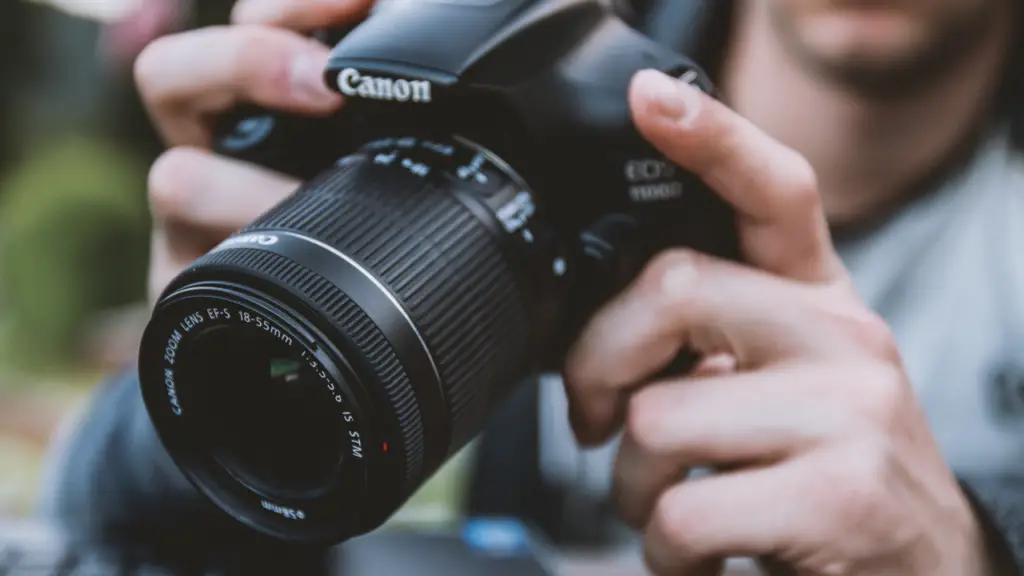
How to choose the best camera for dental photography
When it comes to choosing the best camera for dental photography, there are a few factors to consider. First and foremost, you’ll want a camera with excellent image quality.
Dental photography requires capturing intricate details, so it’s crucial to invest in a camera that can produce sharp and high-resolution images. Look for a camera with a high megapixel count, as this will allow you to capture fine details with precision.
Another important feature to consider is the ability to attach a macro lens. A macro lens is essential for dental photography as it allows you to take close-up shots of teeth and oral structures.
Make sure that the camera you choose has interchangeable lenses so that you can attach a macro lens when necessary. Additionally, having good low-light performance is crucial in dental photography.
Dental clinics often have limited lighting conditions, so having a camera with low noise levels at higher ISO settings will enable you to capture clear images even in dimly lit environments. Consider investing in a dental camera that offers compatibility with accessories such as ring flashes.
A ring flash provides even lighting around the subject and helps eliminate shadows or reflections on teeth during close-up shots. By taking these factors into account – image quality, macro lens compatibility, low-light performance, and accessory compatibility – you’ll be well on your way to choosing the best camera for dental photography that meets your specific needs and enables you to capture stunning images of teeth and oral structures with ease.
Tips for taking great dental photos
When it comes to capturing great dental photos, a few tips and tricks can make a significant difference in the quality of your shots. First off, invest in a good macro lens for your dental camera.
A macro lens allows you to get up close and personal with your subject, capturing even the tiniest details of teeth and gums. To ensure crisp and sharp images, look for a lens with a high magnification ratio, such as 1:1 or greater.
Another important tip is to pay attention to lighting. Dental photography often requires precise illumination to capture tooth color, texture, and shape accurately.
While natural light can work in certain situations, using an artificial light source is recommended for more controlled results. One popular option is using a ring flash specifically designed for dental photography.
The circular shape of the flash produces even lighting without creating harsh shadows or reflections on the teeth. In addition to lighting, composition plays a key role in capturing captivating dental photos.
Pay attention to positioning the patient’s head and mouth within the frame. It’s important to have clear visibility of all relevant areas while maintaining an aesthetically pleasing composition.
Furthermore, using proper camera settings can greatly enhance your dental photography results. Consider shooting in RAW format instead of JPEG, as it allows for more flexibility during post-processing.
Adjusting your white balance settings according to the type of light source used will help ensure accurate color reproduction. Communication with your patients is crucial when taking dental photos.
Conclusion
When capturing stunning dental photographs, having the right equipment is essential. A high-quality dental camera paired with a macro lens and a ring flash can make all the difference in achieving precise and detailed images that showcase the intricacies of oral health. Throughout this article, we have explored the world of dental photography and discussed what to look for in a camera specifically designed for this purpose.
We delved into some of the best options available, including the Nikon D500, Canon EOS 7D Mark II, Nikon D750, Canon 5D Mark IV, and Sony A7R III. Each of these cameras offers impressive features suitable for dental photography enthusiasts at different skill levels.
When selecting your ideal camera, consider factors such as image resolution, sensor size, autofocus capabilities, and user-friendly interfaces. Additionally, investing in good lighting equipment like a ring flash can greatly enhance your results.

